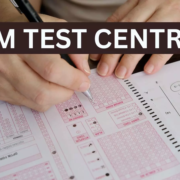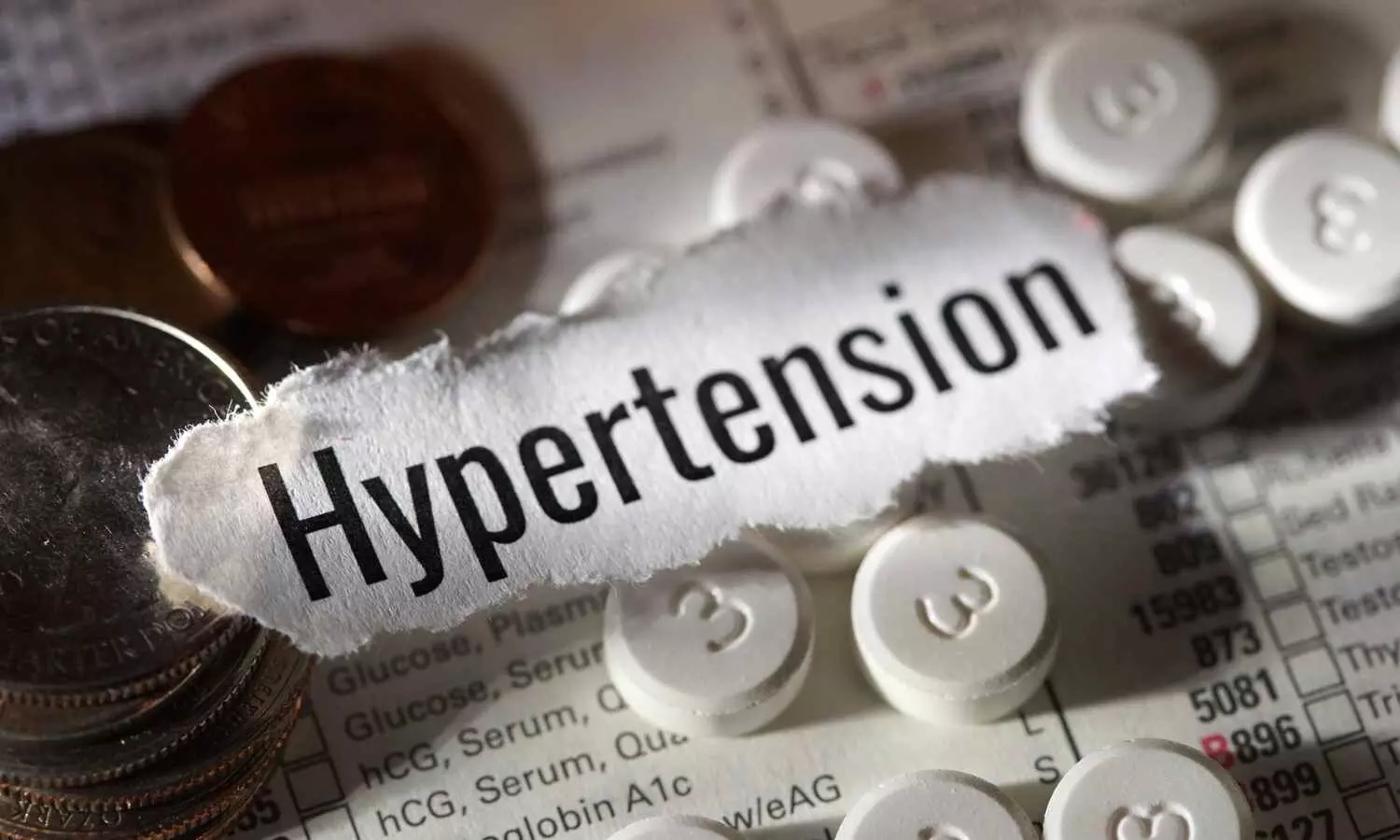Rs 21 Cr Cap, Intake Criteria Revised in DoP’s Medical Devices Skill Development Scheme

New Delhi: The Department of Pharmaceuticals (DoP), under the Ministry of Chemicals and Fertilizers, has issued a corrigendum modifying the operational guidelines of the sub-scheme “Capacity Building and Skill Development for Medical Devices” under the broader scheme “Strengthening of Medical Device Industry.”
The revisions were approved during a meeting of the Scheme Steering Committee (SSC) held on April 9, 2025.
According to the corrigendum dated June 9, 2025, amendments have been made to certain provisions of Chapter IV of the sub-scheme guidelines originally issued on November 8, 2024.
One of the key changes reaffirms the provision of continued financial assistance to Central Government universities and institutes for conducting multidisciplinary postgraduate courses in medical devices. The objective remains to build infrastructure for education and research in medical devices and to develop a skilled workforce aligned with the evolving needs of the sector.
The funding provision has been revised to clarify that the DoP will now provide up to 75% of the course cost or Rs 21 crore, whichever is lower, strictly on a reimbursement basis, as and when expenditure is incurred.
Additionally, the financial support per student—Rs 25,000 per month for diploma students and Rs 10,000 per month for certificate or skill development programs—will now be reimbursed to training institutes on a quarterly basis.
Another significant update relates to the refund mechanism. Institutions that discontinue the program midway or fail to comply with DoP-approved conditions will be required to refund the grant. However, the revised clause specifies that expenditure incurred and claimed toward non-recurring expenses will not need to be refunded.
To ensure the program’s effectiveness, the government has also introduced stricter conditions related to student intake. If actual admissions fall below 30% of the approved intake in the first year or below 50% in the second or third year, the continuation of financial support may be reconsidered.
The corrigendum confirms that all other clauses of Chapter IV remain unchanged and notes that the changes have been made with the approval of the Competent Authority.
For more details, check out the full notice:
https://medicaldialogues.in/pdf_upload/corrigendum-dated-962025-1-290671.pdf
Powered by WPeMatico









